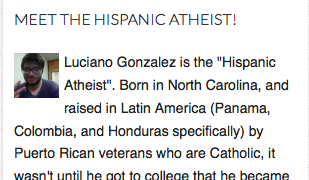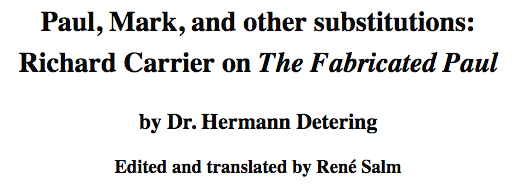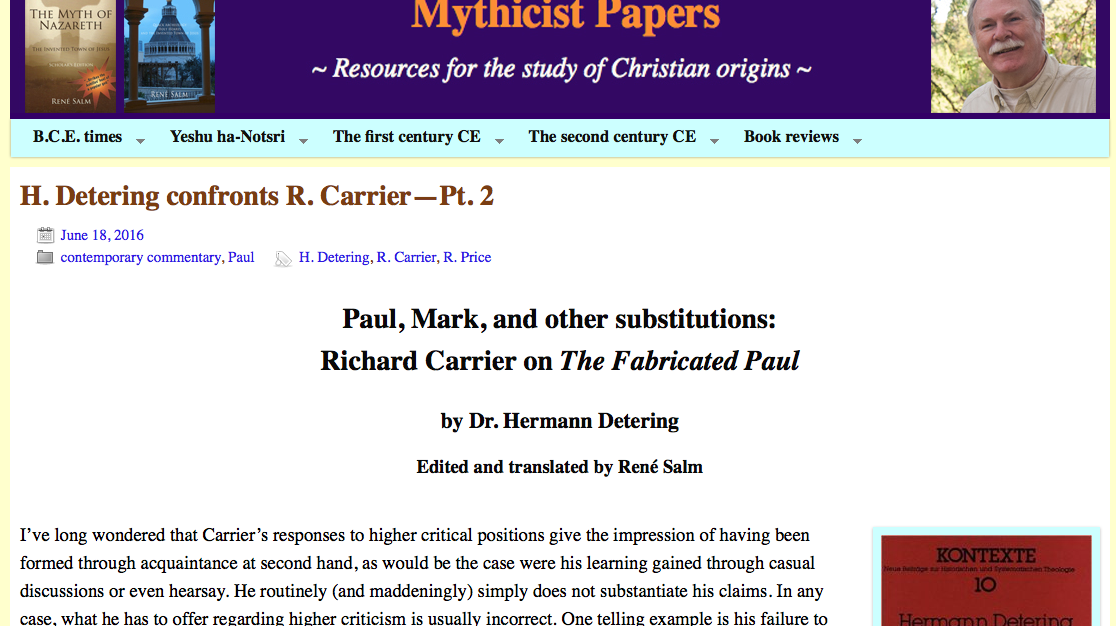What an enjoyable read! I have caught up with Luciano Gonzalez’s latest response in our little exchange and found myself appreciating overall where he is coming from as an atheist and with his earlier comments. I am sure our different perspectives are primarily the product of our different cultures. I cannot say I would not embrace the same approach as Luciano were I living in a Latin American and/or Bible Belt culture. No doubt being an atheist in Australia is a strikingly different experience.
We may have different views relating to the psychology that is related to religious beliefs and ways of living, but that is a minor issue in the context of this exchange of views.
I confess I had assumed from the outset that Luciano was a “card-carrying” Atheist+’er because of his Freethought Blog (FtB) platform, but he has said he is not. So there we go. Never judge a post by its blogging platform. I also admit my interpretation of Luciano’s original post was coloured by recent exchanges I had here over my “no extras atheism” post as well as the flurry over developments in the FtB circle having to do with Richard Carrier. I loathe the way the knives come out publicly, the slander and character attacks, and especially the self-righteous justifications for the same. I am referring to both sides of that sort of issue, and to its history – the Carrier episode is not the first. (There are other more respectable ways to administer discipline in a group. The Atheist+ MO looks to me to be even worse than some of the ways the religious cults handle their wayward members.)
Anyway, this is just to say Hi again to Luciano, and to say I’m glad I’ve made your acquaintance. I strongly appreciate your perspective now that I understand more fully where you are coming from. I wish you a happy and fulfilling adventure as an atheist in your thickly religious environment.
.
Previous posts in this series:
What I “want” as an atheist — Luciano
What I want as an atheist a human — Me (Neil)
Vridar response — Luciano









